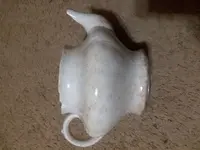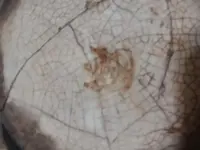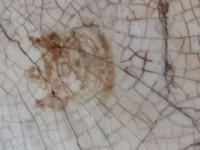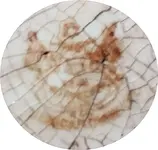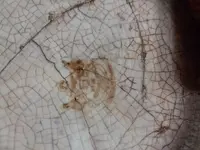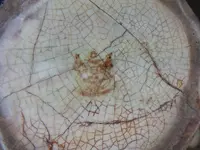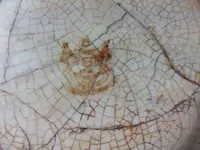Beshires1
Jr. Member
- Joined
- Feb 5, 2016
- Messages
- 96
- Reaction score
- 116
- Golden Thread
- 0
- Location
- Water Valley, Mississippi
- Detector(s) used
- Several home built detectors, a Garrett Money Hunter TR, and a Whites Prizim IV, Whites Coinmaster GT
- Primary Interest:
- All Treasure Hunting

